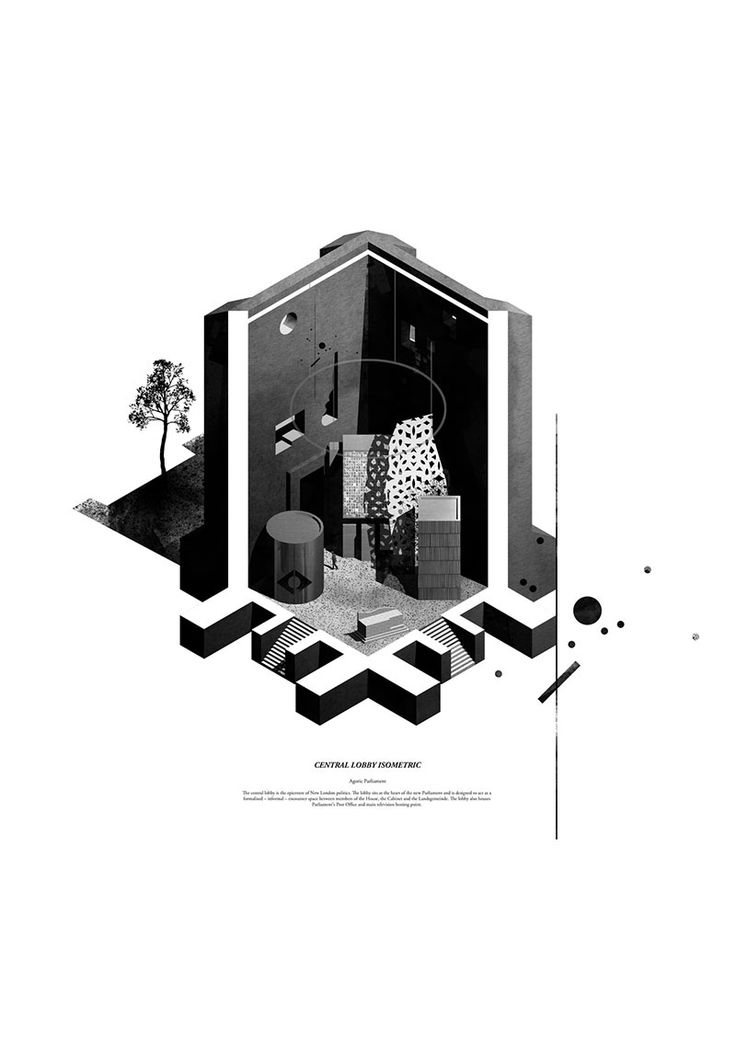The Within
|
Artifact ‘Architecture maintain a profound lack of character without even the hint of any feeling is not a lack of position or an accidental design flaw but rather a commitment to a once progressive but now painfully outmoded position struggling to maintain its fades hegemony’ (Lavin 2011, 18). Kissing Architecture, Sylvia Lavin What? Private museum in China The raising Chinese wealth has permitted Chinese riches and entrepreneurs to build their own private museum to collects exotic artworks and antiques as a demonstration of knowledge, class and wealth. Chinese new art collectors and investors are some of the biggest buyers of artworks at international auctions in recent years. They are increasingly opening their own private museums to house their collections. The emerging scene of house museums in China shared similarity to the origin of Studiolo and Wunderkammern the Renassence Enlightenment Era. “House museum” into “house” and “museum” and the meaning these terms acquire, have the potential to generate discourse towards a new form of architecture as a participant/ framework for information. This thesis aims to examine alternative design approach toward house museum architecture through the exploration of light, shade and false perspective. This monotonous design approach deems to reinvent a new architectural archetype in a thorough investigation of methods. Studiolo as the origin of museums are re-visited for its conceptual correspondence with the house museum. Interpreting the house museum as the new curiosity cabinet, the analysis of the terms “house”, “home”, “museum” and “house museum” has the power to decipher the potentials of a spatial transformation, which renders the curiosity arousing concepts and spatial formations visible. Why? Marcella Guerrieri says, studiolo, which then evolved into studio and into “cabinet” in the 16th and the 17th centuries, calls sometimes for a laboratory, sometimes for a library and sometimes for a study room as a function while at the same time it displays the collected objects. Bernard Tschumi, author of the book “Architecture and Disjunction”, underlines the juxtaposition of experiences with time and space; and he emphasizes and interprets narration as “an implied narrative is always there, whether of method, use or form. It combines the presentation of an event or chain of events with its progressive spatial interpretation, which of course alters it. The transformation from images to the configuration of spatial narratives may further transfigure imaginary, narrative into the construction of spatial narrative in reality. False perspective construction is one fundamental design element in governing human perception of art and architecture dated back in early Renaissance. As Gian Lorenzo Bernini’s Scala Regia (1663-66) in the Vatican. Bernini divided into two ramps giving a clear convergence to the walls and the two rows of columns that make the section more slender. In the contemporary era, the interplay of perspective can be witnessed in Robert Venturi’s Sainsbury Wing, National Gallery, London, where he projects a sense of informality and a recognition of context to make painting special through the interplay of light, shade and false perspective in architecture.
How? Studiolo / Wunderkammern Experience The reinvention of traditional architype in the modern era together along with the penetration of light and selected materials will add another dimension to architecture where it can simulate responsive experience among users. This monotonous design approach deems to reinvent a new architectural design methodology in a thorough investigation of false perspective construction methods. the “museum” as public exhibition and private collector’s room, the blurred relationship between private owners and audience will deem thorough investigation. To enhance the spatial experience, the alternative design approach toward architecture through the exploration of light, shade and false perspective. The Miniture Space The mediating methodology is selected to examine the spatial configuration of “studiolo” through the direct relationship with the House Museum. The emergence of curiosity cabinets gives important clues about the representation of architectural space. The media of light, shade in spatial construction can produce an external affect within a confined space that can enrich interior experience and simulate viewer’s sensation. The house museum can be examined through the typology of a “studiolo” as a tool along with the penetration of light and contemporary materials to enhance responsive experience. |



